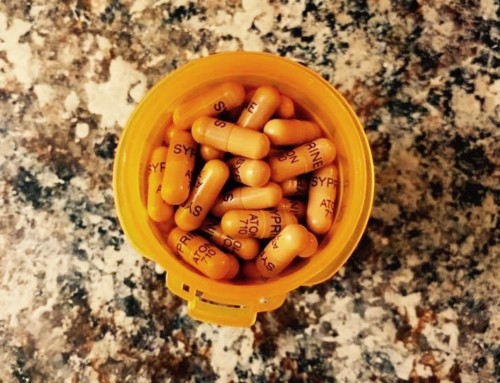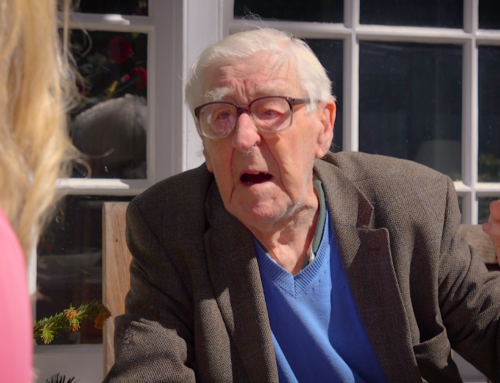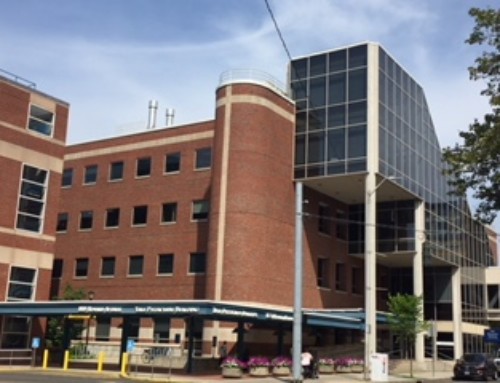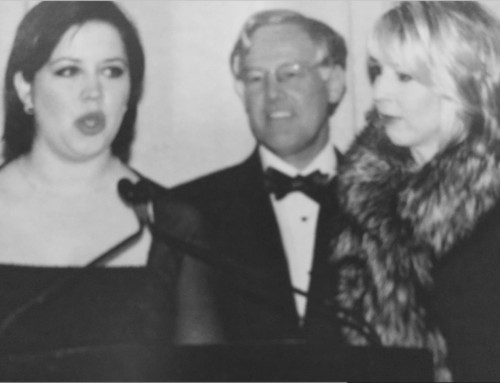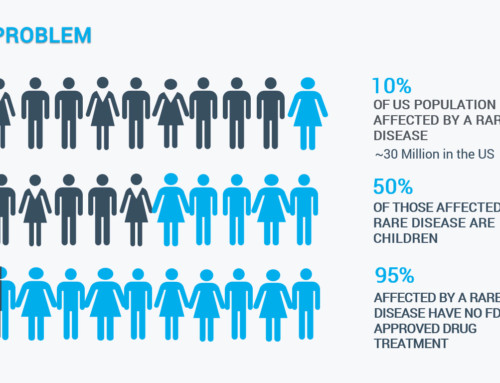You’ve heard of penicillin, right? It was one of the first antibiotics – and is still one of the most widely used. It has saved millions of lives since it was discovered, accidentally, in 1928.
But how about penicillamine? When I tell people that my rare disease was treated with penicillamine, they often ask if I meant to say “penicillin.” No, they are two very different drugs. Penicillin treats common bacterial infections. Penicillamine leaches excess dietary copper from people with the rare genetic disorder of Wilson disease.
It turns out these two drugs have a couple of things in common, though, besides names that are hard to tell apart. For starters, one is made from the other.
Penicillamine is actually an unwanted chemical byproduct of penicillin, called a “breakdown product.” And, like penicillin’s, its history is a series of chance connections and serendipities. During the early 1940’s, doctors noticed this unexpected chemical in the urine of people with liver disease who were taking penicillin to treat infection. It was a scientific curiosity.
Then in the early 1950’s, a young English doctor named John Walshe was working at Boston City Hospital under a professor who was treating Wilson disease patients with a drug called British Anti-Lewisite (BAL). BAL was developed during World War II to protect Allied soldiers from poisoning due to heavy-metal chemical warfare. BAL revolutionized the treatment of accidental metal poisoning and proved to be the first effective treatment for Wilson’s, because it’s a disease of copper poisoning. But it was impractical: Wilson’s is fatal unless it’s treated every day, for life, and BAL is given by painful injections, with severe side effects.

Visiting with 98-year-old John Walshe at his home near Cambridge, England
Before coming to Boston, Dr. Walshe had encountered penicillamine in a laboratory in London. Remembering that research, he realized that penicillamine might be a good decoppering agent for Wilson’s. His hunch would turn out to be right, but proving it wouldn’t be easy. He found a chemist at MIT to make some penicillamine, and then he actually tried the drug on himself. It didn’t make him sick, so he tried it on the Wilson’s patients at Boston City Hospital. Not only did it leach the copper from their poisoned bodies, but it worked better than BAL.
Walshe returned to the U.K. carrying a small supply of penicillamine from the only supplier he could find, a chemical company in New York. He then continued his testing. One of his patients was a teenage girl named Shirley who was bedridden from Wilson disease; treated with penicillamine, she eventually got well enough to live a normal life.

Visiting 79-year-old Shirley in London who’s been taking penicillamine for 63 years.
In 1956, Dr. Walshe published his landmark finding in the American Journal of Medicine. But he had more work to do. Other researchers were less than enthusiastic, and many were critical. Over the next decade, doctors who believed in penicillamine’s promise joined him in his research, continuing the struggle to find chemical companies willing to produce enough for the research, as well as the struggle to gain the medical community’s acceptance of the drug as an effective treatment for Wilson’s.
In retrospect, for a drug that works in a fatal disease, the resistance to its adoption seems preposterous. But the criticism, the questioning, and the struggle to produce a drug is part of the scientific process. The checks and balances protect us from possible harm.
By 1983, when Dr. John Hamilton told me I had Wilson Disease, penicillamine had reached “gold standard” status for treating the disease. Doctors had used it in hundreds of patients for 27 years.
I now had a more certain future. Dr. Hamilton told me that if I faithfully took my medication every day for the rest of my life, there was no reason why I wouldn’t live a normal, long life. I believed him – and he was right.
Penicillamine isn’t a perfect drug – it doesn’t work for everyone. All those years of study revealed that some people with Wilson’s get worse and some develop side effects so severe that they have to stop taking it. Knowing these faults of penicillamine, Dr. Walshe looked for an alternate decoppering drug, found a candidate called trientine, and studied it. In 1985, the FDA approved it. And later, in 1997, the FDA also approved zinc therapy to treat the disease.
So those of us with Wilson’s are uniquely lucky, because we have three treatments that work, and there’s a fourth in the research pipeline. Sadly, only about 5 percent of the 7,000 known rare diseases have a treatment, and some have more than one option. Since 1983, about 450 drugs have been approved to treat the 30 million Americans living with rare diseases, leaving much work to be done.

